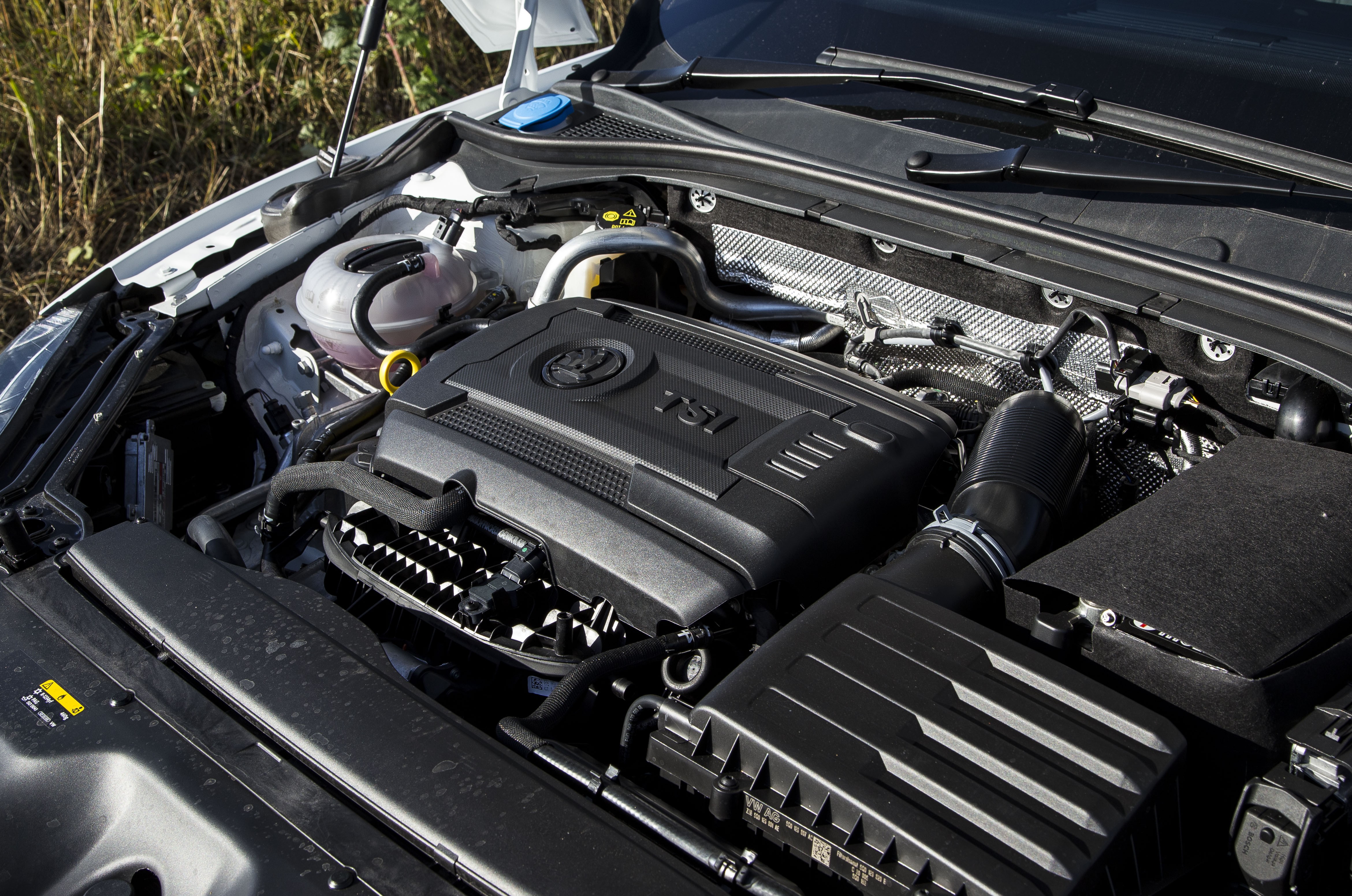The placement of an engine significantly impacts a vehicle’s performance, design, and overall functionality. While often overlooked, the decision to mount an engine transversely—perpendicular to the direction of travel—plays a crucial role in shaping a car’s characteristics. This article delves into the intricacies of Transverse Mounted engines, exploring their advantages, disadvantages, and common applications.
Transverse Engine Layout: A Detailed Look
A transverse mounted engine sits horizontally in the engine bay, typically powering the front wheels. This configuration, pioneered by the iconic Mini, was revolutionary in maximizing cabin space. While early designs integrated the transmission into the engine sump, modern transverse mounted engines usually have the gearbox mounted beside the engine. This results in unequal length driveshafts, a factor that influences handling and performance.
Comparing Transverse and Longitudinal Engine Configurations
In contrast to the transverse layout, a longitudinal engine is mounted parallel to the direction of travel. This configuration is prevalent in rear-wheel and all-wheel drive vehicles, often accommodating larger engines that require more space. While front-wheel drive cars with longitudinal engines are rare, certain Audi models have utilized this layout.
Advantages of Transverse Mounted Engines
The primary benefit of a transverse mounted engine lies in its space-saving characteristics. This layout allows for a smaller engine bay, maximizing passenger and cargo space within the vehicle. The absence of a transmission tunnel in front-wheel drive cars further enhances interior room. Additionally, concentrating weight over the front wheels can improve traction, particularly in front-wheel drive configurations.
Disadvantages of Transverse Mounted Engines
The transverse layout presents limitations on engine size. Accommodating engines larger than a V6 is challenging, and even V6s are uncommon in this configuration. Four-cylinder engines are the most prevalent in transverse mounted applications. Furthermore, the unequal length driveshafts in high-performance front-wheel drive cars can lead to torque steer, where the car pulls to one side under acceleration. This phenomenon occurs due to variations in torsional stiffness between the driveshafts.
Longitudinal Engines: Benefits and Drawbacks
Longitudinal engines often necessitate a larger engine bay and a transmission tunnel, potentially reducing interior space. However, they facilitate better weight distribution, especially beneficial for rear-wheel drive performance cars. This layout also allows for more complex all-wheel drive systems.
Conclusion: Choosing the Right Engine Mounting Configuration
The choice between transverse and longitudinal engine mounting depends on the specific application and desired vehicle characteristics. Transverse mounted engines excel in maximizing interior space and are well-suited for smaller, front-wheel drive vehicles. Conversely, longitudinal engines accommodate larger powerplants and offer advantages in weight distribution and drivetrain complexity for rear-wheel and all-wheel drive applications. Ultimately, the “better” configuration is determined by the intended purpose and design priorities of the vehicle.


